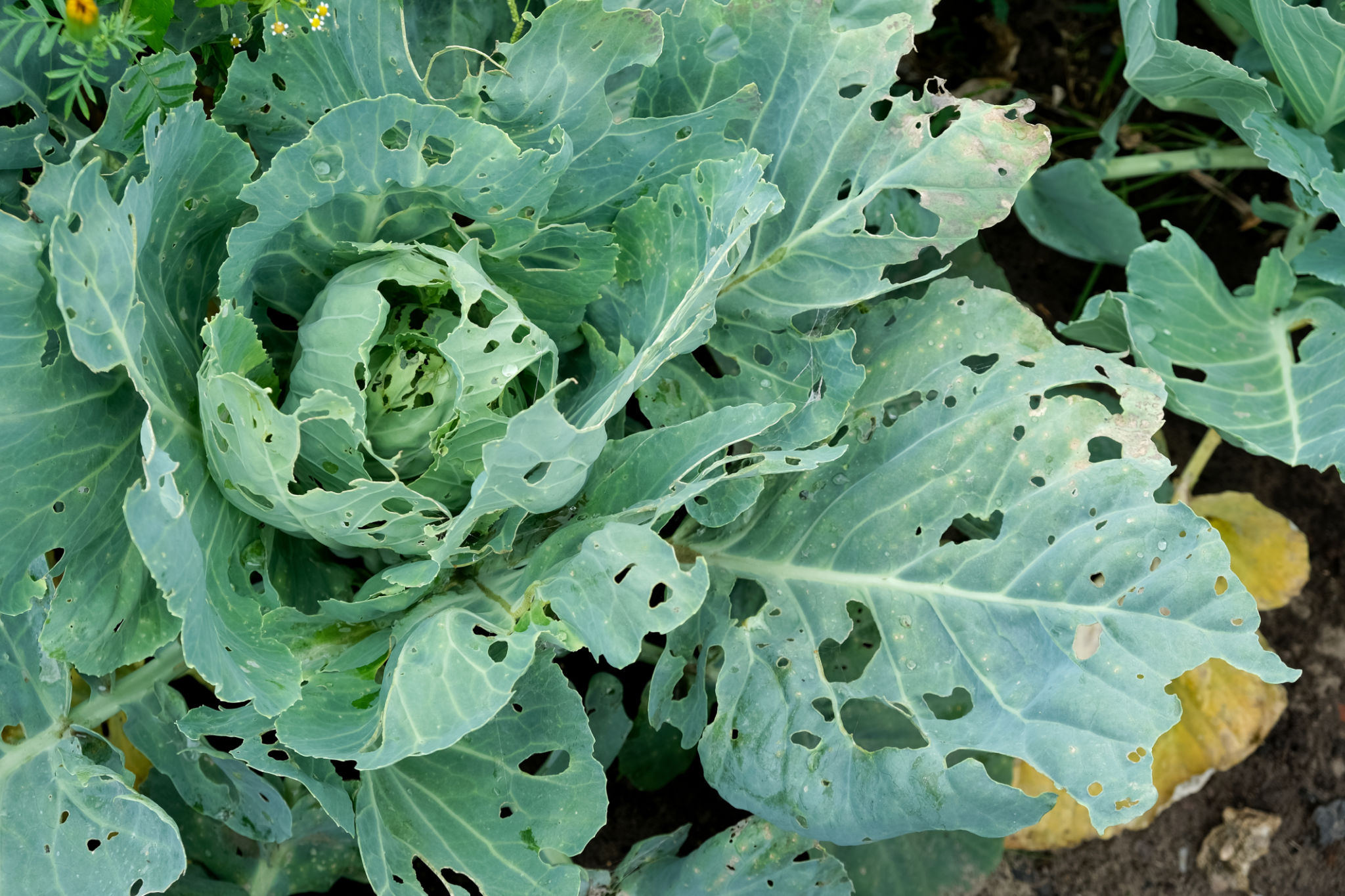Seasonal Landscaping Tips for Lancaster, PA: Preparing Your Garden for Spring
Understanding Lancaster's Climate
Lancaster, PA, experiences a unique climate that significantly influences gardening and landscaping practices. With its humid continental climate, the region sees hot summers and cold winters, making seasonal adjustments crucial for a thriving garden. As spring approaches, it's essential to understand how these climate conditions can affect your garden and prepare accordingly.
Spring in Lancaster begins with fluctuating temperatures and occasional late frosts. Gardeners must be prepared to protect their young plants during this transitional period. By understanding the local climate patterns, you can better plan when to start planting and how to shield your garden from unexpected weather changes.

Preparing Your Soil
One of the first steps in readying your garden for spring is soil preparation. After the winter months, your soil may be compacted and lacking nutrients. It's critical to start by clearing away any debris such as fallen leaves or leftover plant material from the previous year. This ensures that new growth isn't hindered by decomposing matter.
Next, consider conducting a soil test to determine its pH levels and nutrient content. This information will guide you in selecting the appropriate fertilizers to enrich your soil. Adding organic matter like compost can significantly improve soil structure, offering better drainage and fostering a healthy ecosystem for your plants.
Choosing the Right Plants
Selecting the right plants for your spring garden in Lancaster is essential for ensuring a vibrant and successful landscape. Consider choosing native plants that are well-adapted to the local climate and soil conditions. These plants often require less maintenance and are more resistant to local pests and diseases.
Popular choices in Lancaster include perennials like coneflowers and black-eyed Susans, which offer bright blooms throughout the season. Annuals such as marigolds and zinnias can add a pop of color and are easy to plant once the threat of frost has passed.

Pruning and Mulching
Pruning is a vital task in early spring to encourage healthy growth and maintain the shape of your plants. Trim back any dead or diseased branches from shrubs and trees to promote new growth. Pruning also helps increase air circulation, reducing the risk of disease.
Mulching is another crucial step in your spring landscaping routine. Applying a layer of mulch around your plants helps retain moisture, suppress weeds, and regulate soil temperature. Choose organic mulch options like shredded bark or straw for an eco-friendly approach.
Protecting Against Pests
Spring is not only a time for new plant growth but also for emerging pests. Preparing your garden for these unwelcome visitors involves proactive strategies, such as introducing natural predators like ladybugs or using organic pest control methods. Regularly inspect your plants for signs of damage or infestation.

Watering Wisely
With warmer temperatures on the horizon, establishing an efficient watering routine is essential. In Lancaster, it's important to adjust your watering practices based on rainfall levels and plant needs. Overwatering can lead to root rot, while underwatering may stress your plants.
Consider installing a drip irrigation system to deliver water directly to the roots, minimizing evaporation and ensuring each plant receives adequate hydration. Early morning watering is preferable to reduce water loss due to evaporation and prevent fungal diseases.
